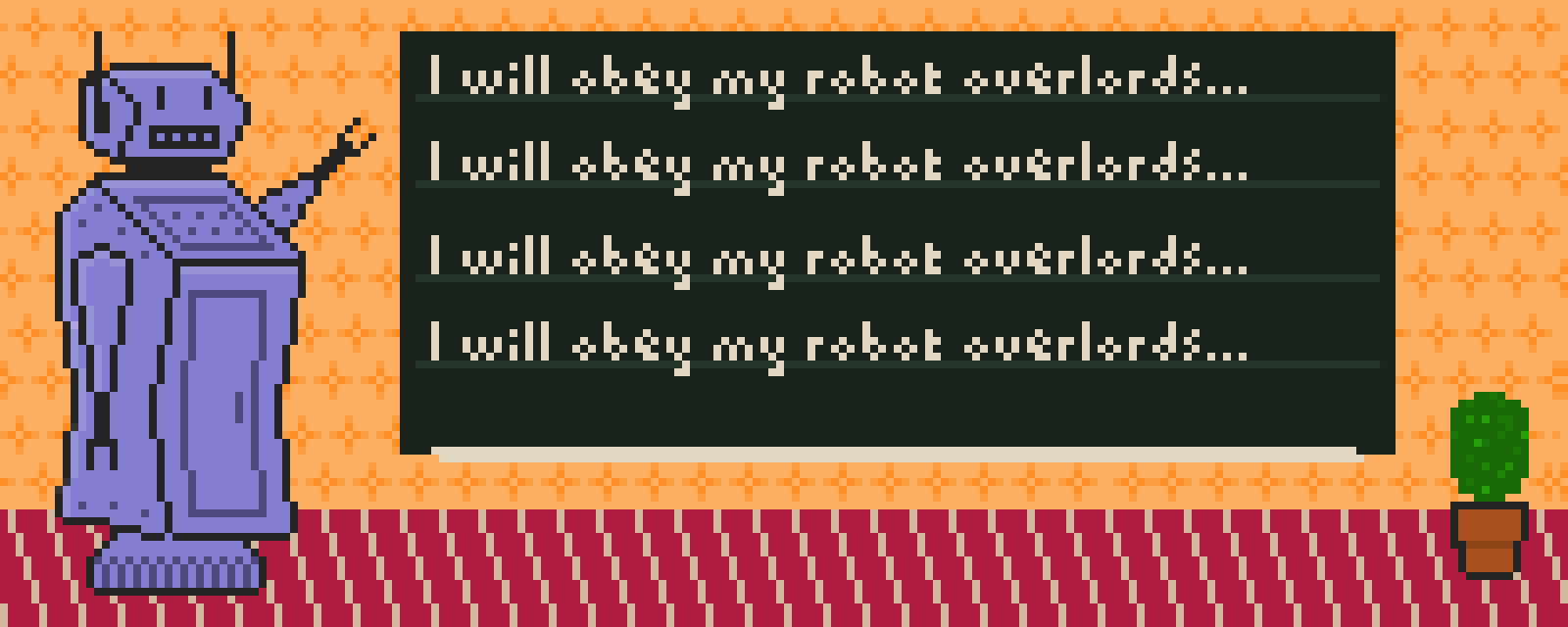
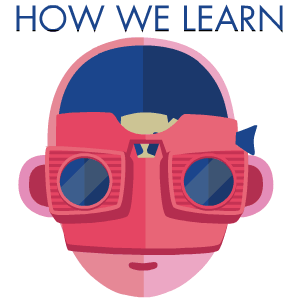
Much has been written about robots replacing teachers in the near future. After 30 years researching artificial intelligence in education, we imagine quite a different scenario–one involving AI designed to support, not usurp, teachers.

It’s a November morning in a school classroom–10 years into the future. The year is 2027. As the winter sun streams through the windows, a fourth-grade teacher named Jude adjusts the blinds and is suddenly struck by how little the room has changed in the seven years since her first day. It is still arranged around several large, circular tables, and student pictures decorate the walls. In many senses, it’s the same old messy learning environment it always was.
But then again, there are those small but visible camera lenses mounted in the ceiling, the microphones embedded in the tables, and the virtual whiteboards that take their form out of nowhere. And at Jude’s side, there’s her AI Teaching Assistant, Colin, whom she’s named after a childhood friend. In fact, so many aspects of how Jude understands her students’ learning are different now, thanks to her machine aide.
Through working with Colin, she has become somewhat of a metaphorical judo master, harnessing the data and analytical power of AI to tailor a new kind of education to each of her students. Her role at the helm of the classroom, however, is fundamentally unchanged.
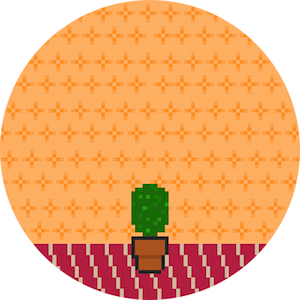
If this sounds a little Big-Brother in nature, it aligns with an outside world where humans live and work alongside smart machines. For one, AI will track progress in detail as learning and teaching evolves. Perhaps the most powerful change it has brought to school life, though, is the banishment of tests and exams.
Since Colin makes ongoing assessments based on daily student performance and engagement in the classroom, there is simply no longer any need for what were often inaccurate and stressful evaluations. The AI aide’s primary task is to build and maintain learner models for each child based on a combination of data gathered over time with things like voice recognition (which identifies who is doing and saying what in a team activity) and eye tracking (to note engagement and focus). The profiles are updated continuously, monitoring students’ progress against analysis of their emotional and motivational state.
Not only do students and their parents have their own interfaces for viewing how a student is progressing in various curricula and skills, but AI in education now means there is evidence on record at a class, school, district, and country level about academic performance. The need for national and international testing is indeed a venture of the past.
Today, Jude is especially interested in making a class-wide assessment about how the students are maturing collectively in their ability to support one another in problem-solving situations. The exercise she’ll use will involve fractions and the varying narratives behind why we use them as functions.
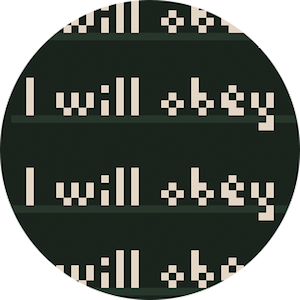
Ten minutes before the students arrive, Colin begins prepping Jude for the day’s collaborative problem-solving activity. The children will be assigned to different groups when they walk through the door, each with a personal learning tablet glowing a specific color–red, orange, blue, or green–to indicate at which table they’re to sit for the exercise.
Asked how to arrange the students for the session, Jude decides on “mixed-ability.” While last week she designed student groupings according to similar cognitive levels, today’s organization will allow the students to bring different but complementary knowledge and skills to the problem-solving activity. When Colin displays the student groupings onto a virtual whiteboard, projected onto the nearest wall, Jude thinks for a moment before dragging one name, then another, to swap two students’ placement.
As she does, she explains her reasoning so that Colin can update the model of pedagogy and record the logic behind the changes. “Shauna is good at devil’s advocating,” Jude says. “That’ll be good for this group. And Andrew is good at explaining ideas. I’d like you to start with his group, Colin. You can act as a virtual peer. Bring up deliberate misconceptions and see if he or anyone else argues you out of them.”
Next, Colin pulls up two student profiles. Their learner models note that each found the previous collaborative lesson somewhat challenging–so Colin reminds Jude that they might require some individual attention today. Jude agrees, and while they’re on the subject, she asks Colin to update one of the student’s model based on a conversation she had yesterday with the school’s principal about developments in the student’s home situation.

As the first students filter into the classroom, Colin switches on an album of ambient electronic music, Black Sands by Bonobo. He’s identified this kind of ambient music as calming and self-affirming for this particular group. These fourth-graders are, by all accounts, a noisy and generally enthusiastic group. As they arrive, each follows the colored light glowing on their tablet to the corresponding table. Once the students are settled, Colin cues an introductory video on the virtual whiteboard briefing today’s assignment.
While the students watch, Jude skims her own tablet to access dynamic visualizations of the student models, looking for any unexpected changes in performance or confidence from days past. At any time, she can make notes or edit the data if what has been recorded is in need of adjustment.
Once the video ends, Jude calls the class to attention and reminds them about last week’s preliminary lesson on fractions, the outcomes of which they can access on their tablets. Then, the students immediately launch into chatter. Group work is clearly something they’re accustomed to doing. They frequently make reference to their tablets and enter information into them (mostly speaking, sometimes typing, sometimes taking photographs or videos).
While they talk back and forth, the ceiling cameras monitor their movements and embedded microphones record their conversations. Behind the scenes, Colin’s database begins to analyze this speech, text, images, and movement to infer the students’ understanding and engagement in the collaboration. These inferences only add more detail to each student’s learning model. From time to time, when Colin recognizes that a group is off topic, he intervenes with an alternative suggestion to stimulate new discussion, via individual students’ tablets, or links students to other conversations taking place elsewhere in the classroom.
Meanwhile, Jude is free to wander the room and observe, giving personalized guidance and feedback, and joining in with the conversations. By now she is an experienced and skilled problem-solving practitioner, attuned to recognizing when her human help and social skills are particularly in need.
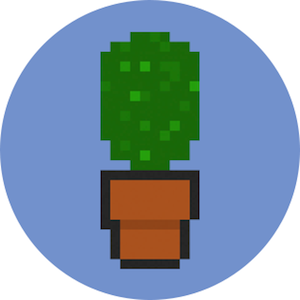
In 2015, at least 74 countries faced an acute shortage of teachers, while about 59 million children were excluded from primary education. Millions more struggled to learn in overcrowded classrooms. To achieve universal primary education by 2030, just three years out from our projected scenario, we’ll have to meet a global demand for teachers that will rise to 25.8 million. That means countries will need to recruit about 3.2 million new teachers and an additional 22.6 million to account for attrition.
While AI isn’t the answer to this particular problem, it’s one solution for helping overwhelmed and overworked teachers in crowded classrooms, working through packed curricula. And at the same time that it can ease teacher burden, AI teaching assistants also have the capacity to become a learning companion for every student in the classroom.
It is said that in ancient China each royal prince studied with a companion, as well as a royal teacher. Perhaps Chinese emperors knew that their children would respond more effectively to study and teacher direction alongside another.
Take, for example, the next session in Jude’s classroom. It’s a geography lesson with augmented-reality worksheets, where interactive animations play when the students hold their tablets over the worksheet. Thanks to Colin’s AI modeling, the animations vary for each individual student, giving them as little or as much information as they’ll need to successfully complete this particular lesson without getting bored or altogether left behind. All this with both a teacher and learning companion at their side.

For a more fulsome discussion of some of these issues, please read “Intelligence Unleashed. An Argument for AI in Education.”


How We Get To Next was a magazine that explored the future of science, technology, and culture from 2014 to 2019. This article is part of our How We Learn section, on the future of education. Click the logo to read more.
